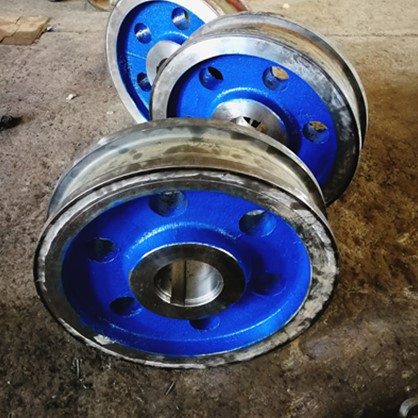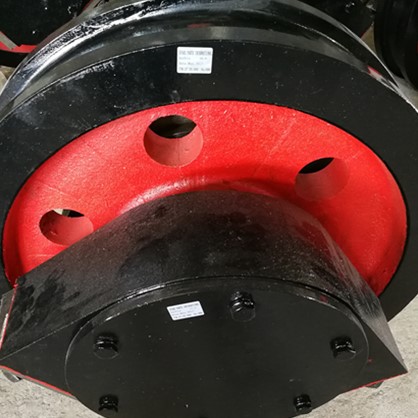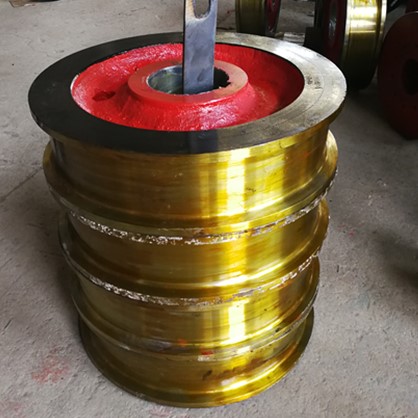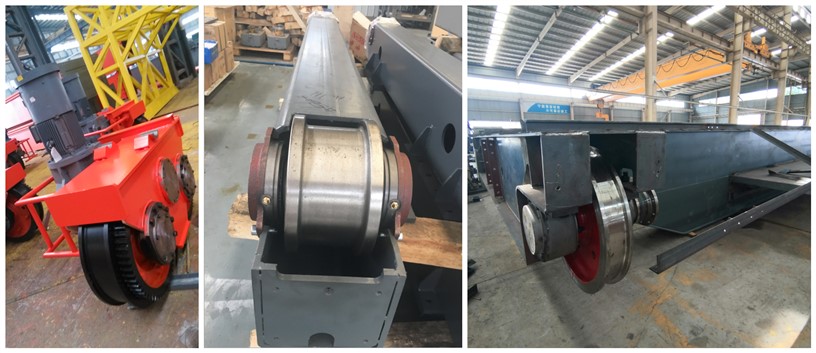
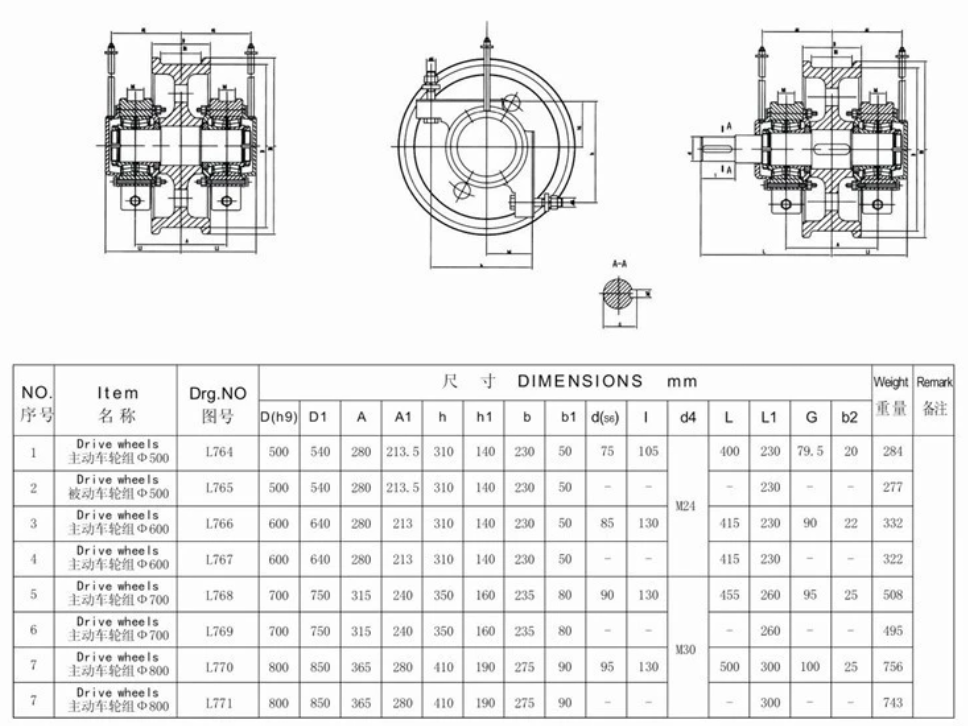
Casting is the process where metal is heated until molten.
While in the molten or liquid state it is poured into a mold
or vessel to create a desired shape.
Forging is the application of thermal and mechanical
energy to steel billets or ingots to cause the material
to change shape while in a solid state.
The advantages of casting include:
• No real upper size limit in casting weight.
• Large range of alloy choices.
• As forgings remain solid, custom alloys are far
more difficult to get into production whereas with
cast alloys including Chrome, Nickel and Moly can
be added at the molten stage.
• Tooling is often less expensive than forge dies.
• Smaller production “runs” required.
• Complicated/complex parts are no problem.
The advantages of forging include:
• Generally tougher than alternatives
• Will handle impact better than castings
• The nature of forging excludes the occurence of
porosity, shrinkage, cavities and cold pour issues
• The tight grain structure of forgings making it
mechanically strong.
• The tight grain structure offers great wear resistance
without the need to make products “superhard” We
have found that, on a blank HRC 3842 forged
grinder insert wear/wash is about the same as a high
alloy HRC 46-50cast grinder insert.
